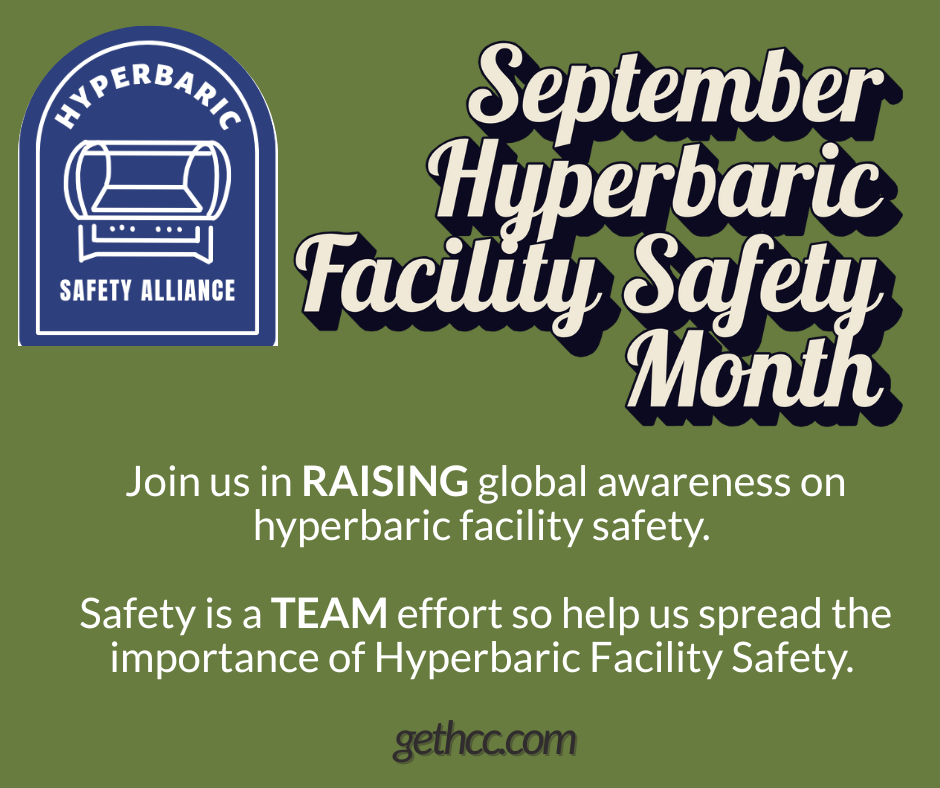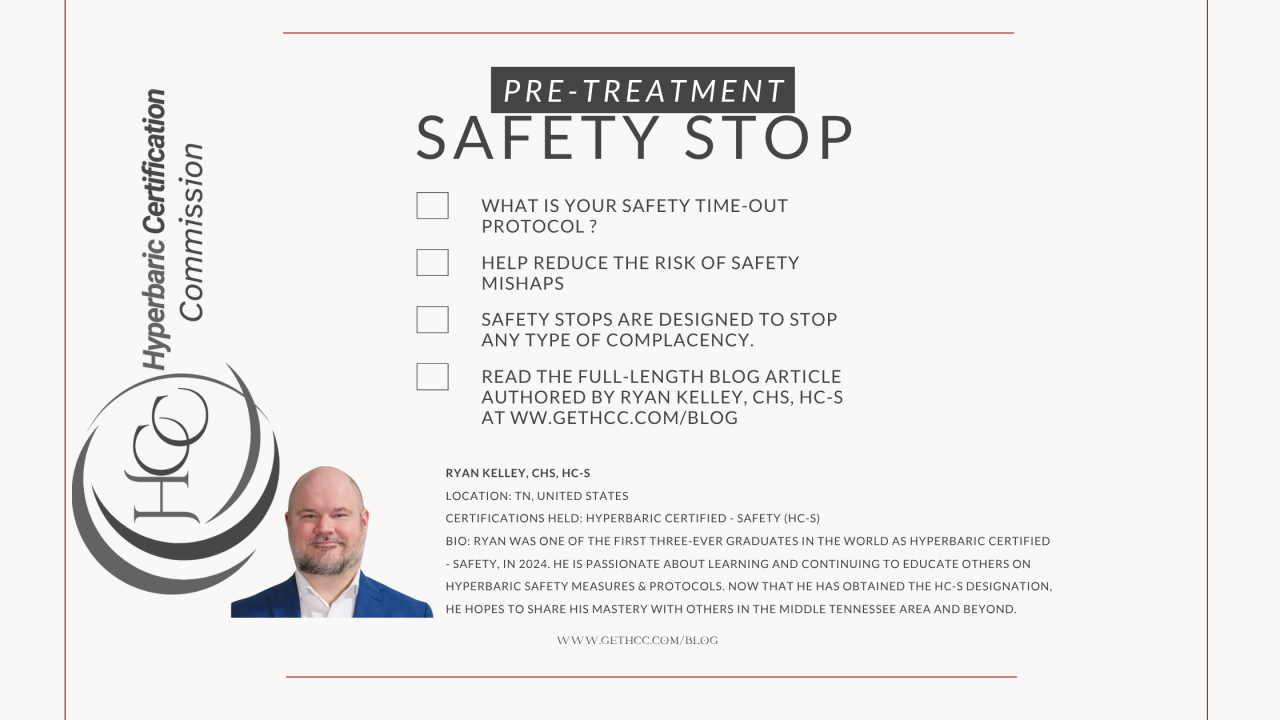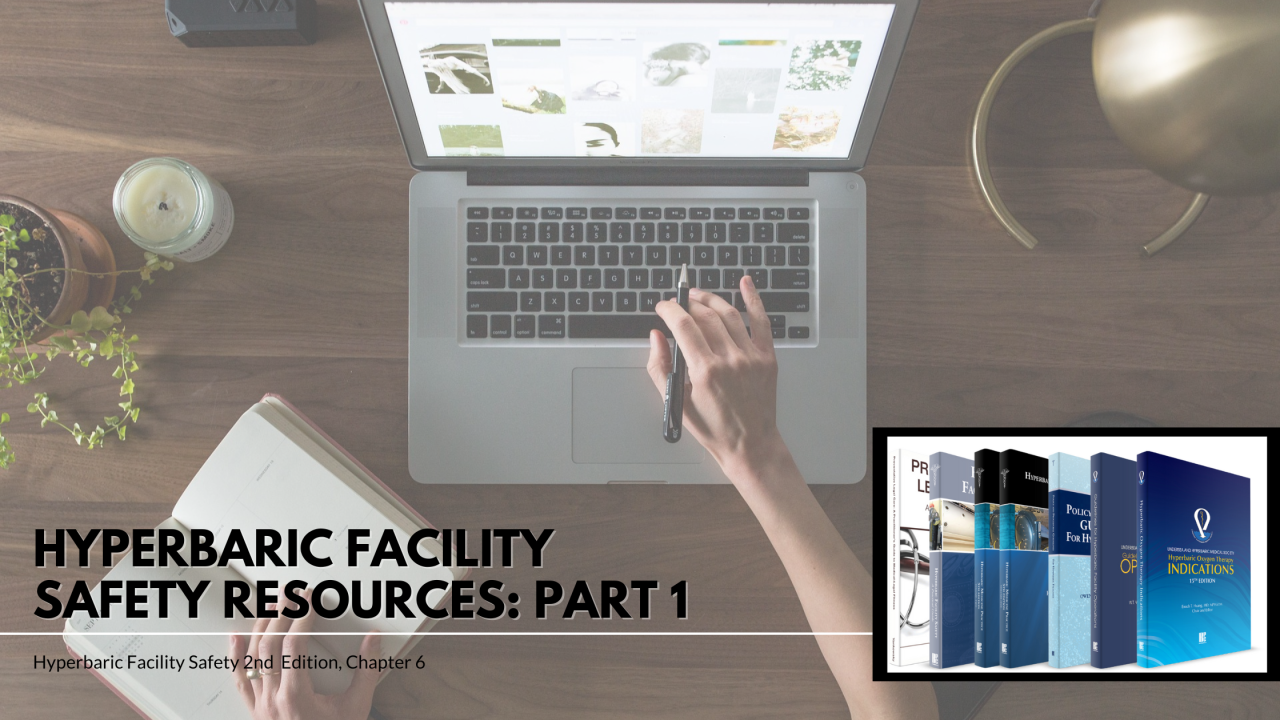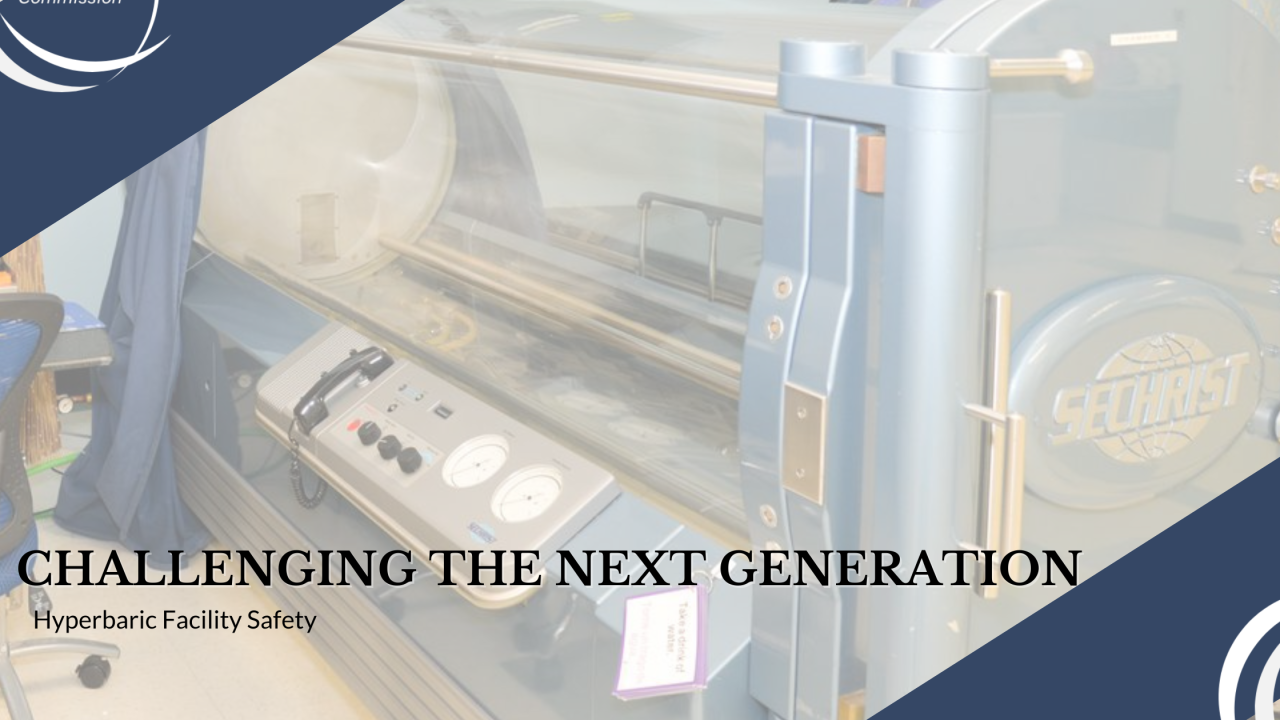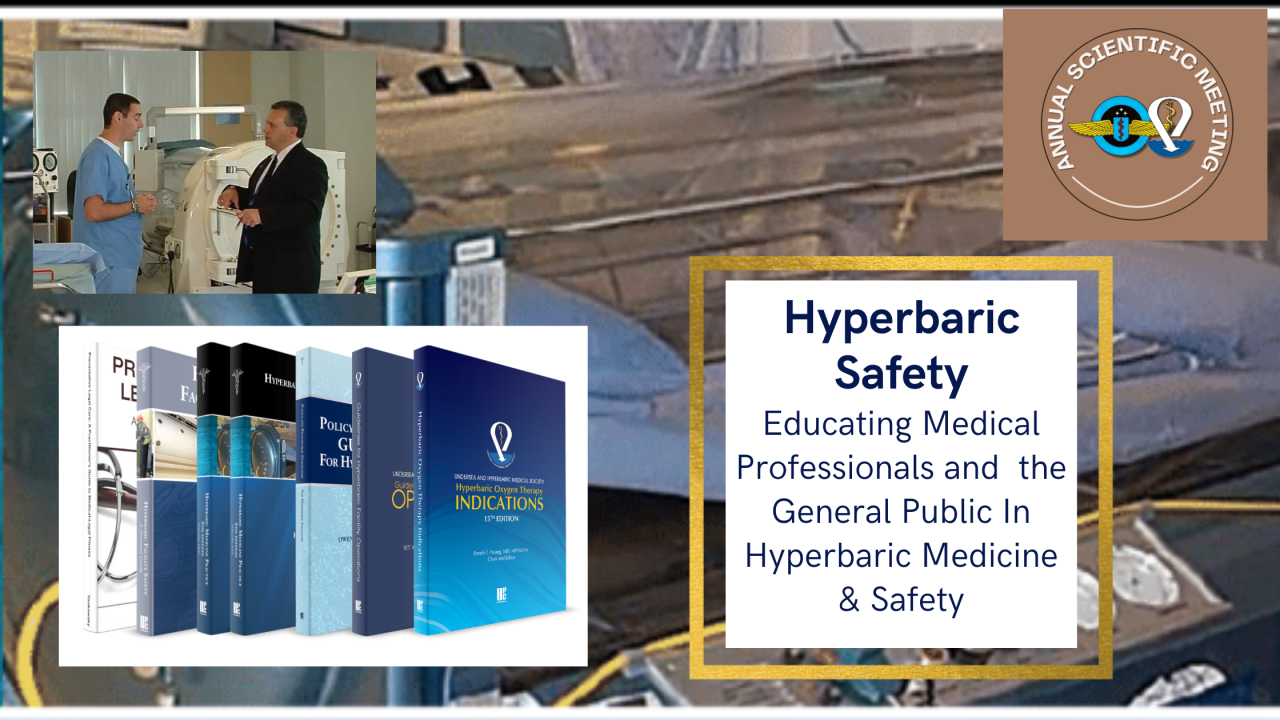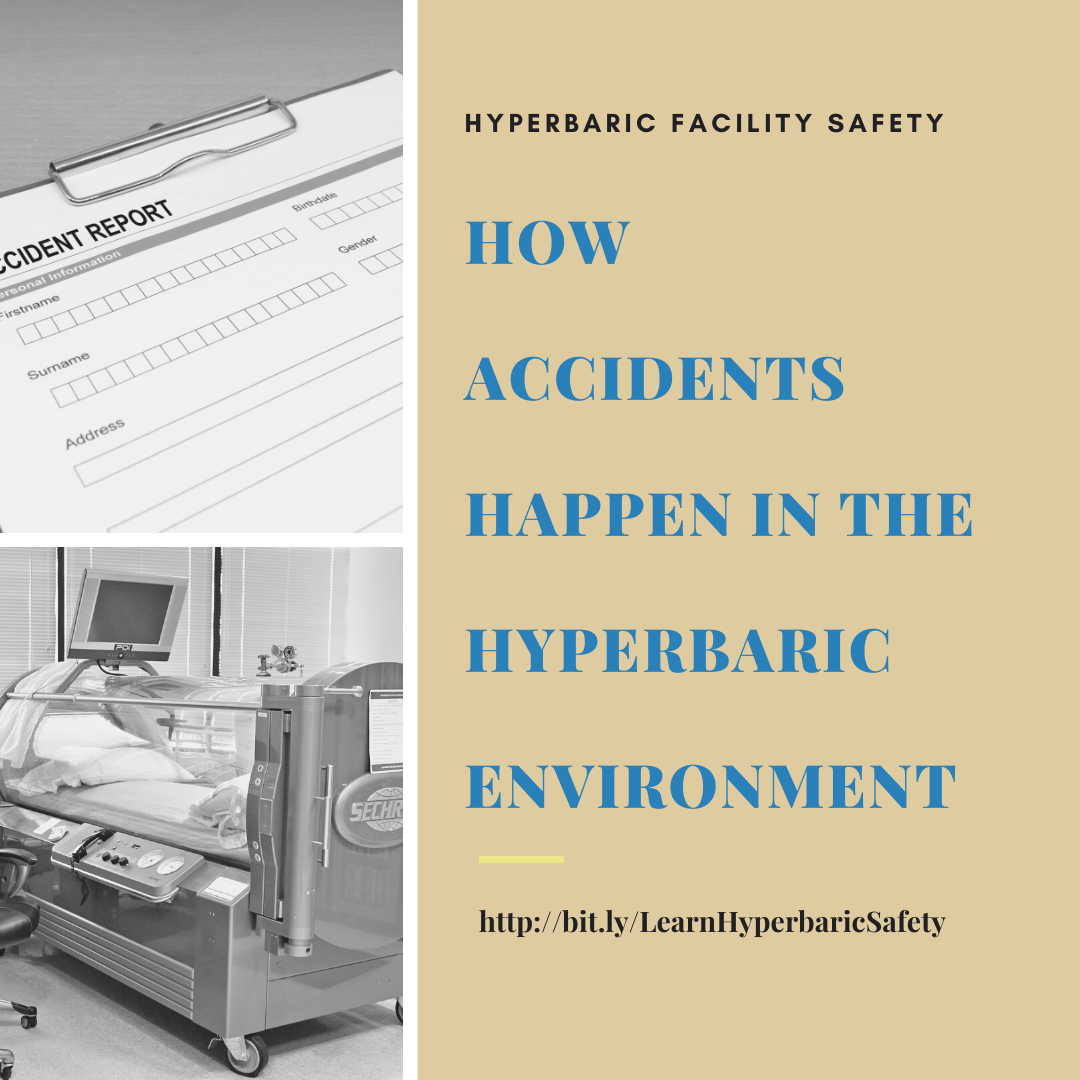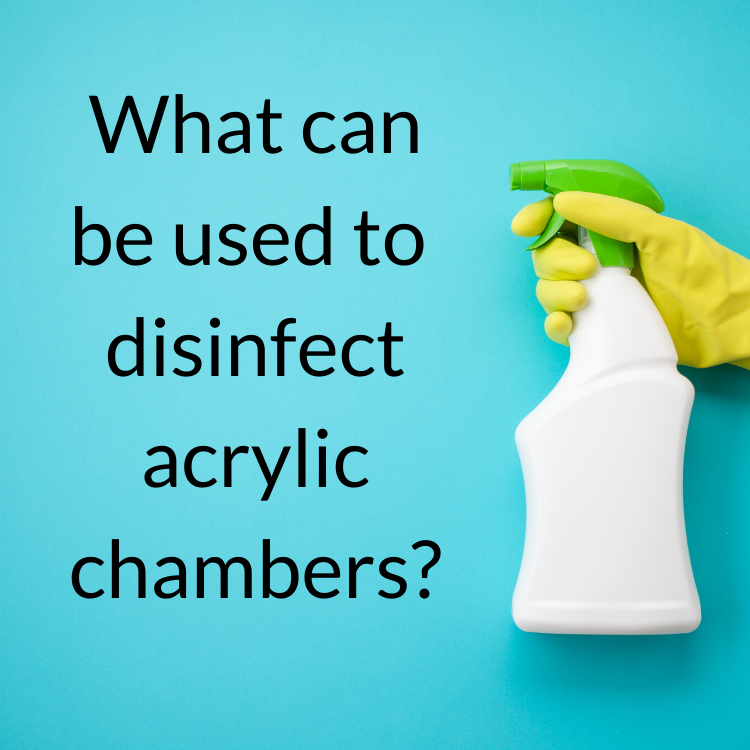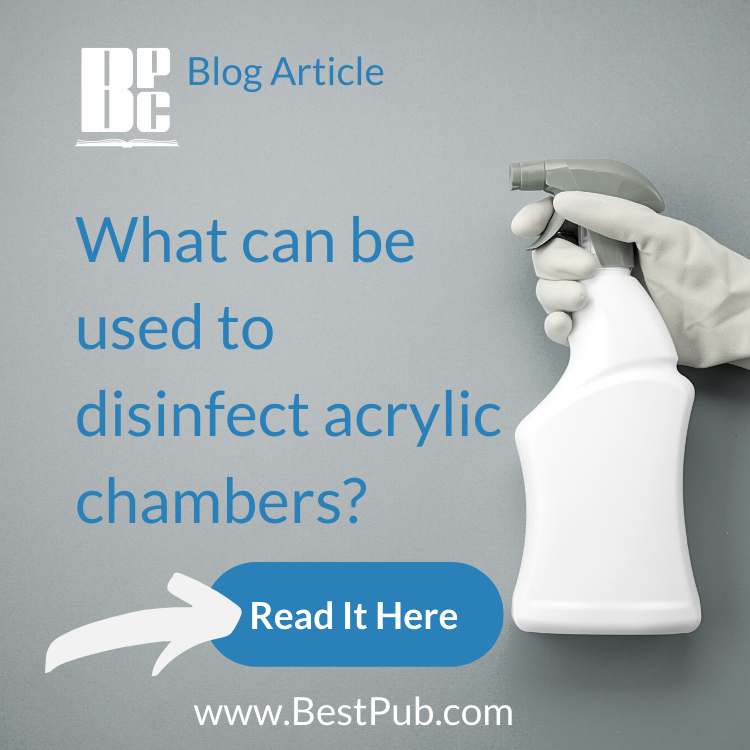September is
Hyperbaric Facility Safety Month
Holiday Customer Support Closure
Please note that our customer support will be closed for the holidays starting December 24th through January 4th.
DEPTH Blog
It is the mission of Best Publishing Company to publish educational books on all aspects of hyperbaric medicine. This includes books that are current and innovative, which promote medical education throughout the world.The following exerpt is from the Undersea Hyperbaric Medical Society's UHMS Guidelines for Hyperbaric Facility Operations, 4th Edition, Chapter 9. This chapter gives a brief overview of the UHMS's Hyperbaric Facility Accreditation Program.
Sharing the first article published by an HC-S Graduate, Ryan Kelley, CHS, HC-S thank you for leading from the front with this great article on "Pre-Treatment Safety Stops."
I'd like to share an article that applies to all professionals in the field of hyperbaric medicine, including new, aspiring chamber operators. This article is designed to provide a helpful overview and to alleviate fears or apprehensions that may arise during your new journey into the amazing field of hyperbaric oxygen treatments.
Online Resources Related to Hyperbaric Facility Safety
by Jeff Mize, RRT, CHT, CWCA
(Hyperbaric Facility Safety, A Practical Guide, Second Edition, Chapter 6: Best Publishing Company, Copyright © 2020
The fundamental premise of medicine embodied in the Hippocratic Oath, Primum non nocere (“First, to do no harm”) is, at its core, an admonition to provide medical care that is safe.
This week Best Publishing Company releases the 4th Edition of the Undersea and Hyperbaric Medical Society, Guidelines for Hyperbaric Facility Operations. This edition is edited by Derall Garrett, CHT-A, HC-S, Director, Hyperbaric Facility Accreditation and Donna A. Winn, BSN, RN, ACHRN.
BEST PUBLISHING COMPANY
Publishing Educational Books on Diving, Wound Care,
and Hyperbaric Medicine since 1966.
NEW RELEASE- Hyperbaric Medicine Practice 5th Edition
For some accidents there is a "smoking gun". However, most accidents are caused by a combination of factors, each of which contributes in some manner. Often these factors accumulate over some period of time preceeding the accident. This chapter addresses the factors that foster conditions under which accidents are more likely to happen and discusses some of the steps to be taken to avoid them. Also included is a case history illustrating several of the factors.
In many hospitals that treat hyperbaric patients, the task at hand is getting the infection control policy makers to understand that many of the hospital-based disinfectants cannot safely be used on the acrylics of both multiplace and monoplace chambers. The most-asked question is, “What can now be used to disinfect acrylic chambers?” With the increasing concern over nosocomial infections and the possible effect they have on patient outcomes, keeping the hyperbaric chamber infection free is a major concern for all. On page 274 of Hyperbaric Facility Safety: A Practical Guide, 2nd Edition you can find the most current list of disinfectants that can used on the acrylic portion on both multiplace and monoplace chambers, and the products that have been identified acceptable for use on acrylic hyperbaric chambers for infection control.
The release of the 2015 edition of NFPA 99 earlier this year has been accompanied by a lot of conversation around the subject of hyperbaric facility safety. This week we have three resources that will help you to navigate through the various safety codes and standards.
Copyright
© Best Publishing Company
The recent release of the 2015 edition of NFPA 99 has been accompanied by a lot of conversation around the subject of hyperbaric facility safety. This week we have five tools that will help you to navigate through the various safety codes and standards.
Copyright
© Best Publishing Company

